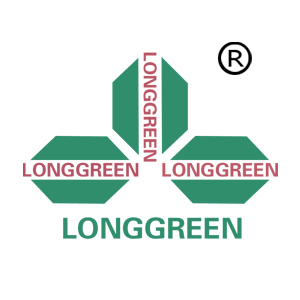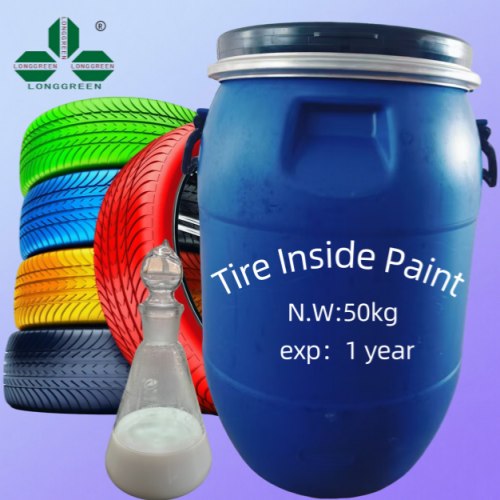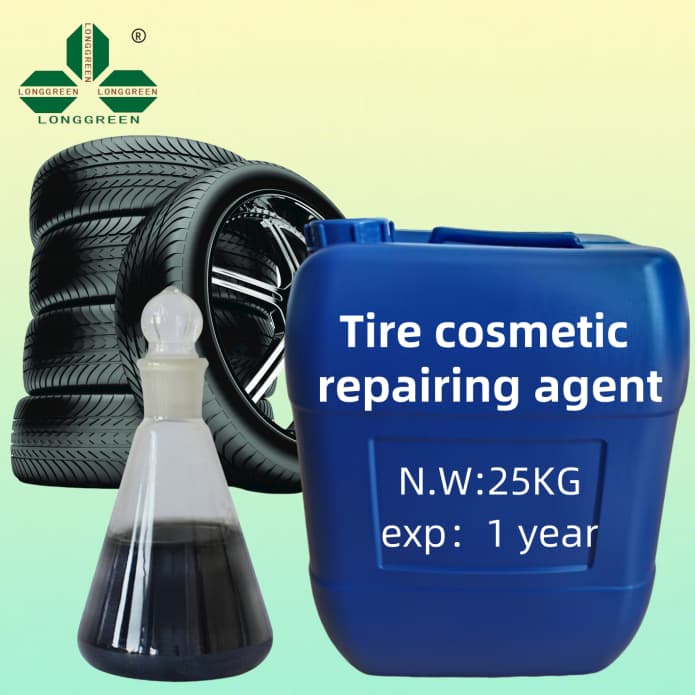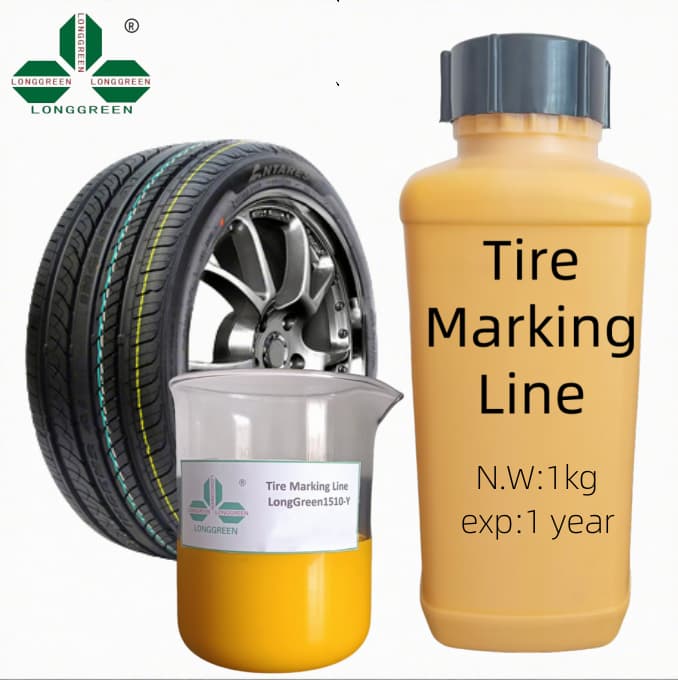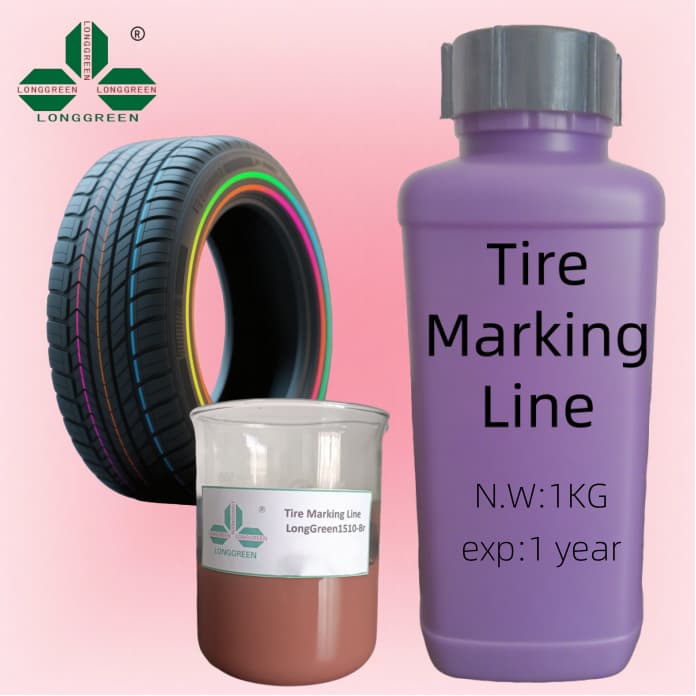In recent months, the global manufacturing sector has seen a notable surge in demand for eco-friendly release agent solutions, driven by stricter environmental regulations and growing corporate commitments to carbon neutrality. Industry analysts report that the market for these sustainable products is projected to grow at a CAGR of 7.2% through 2028, outpacing the traditional release agent segment by nearly 3 percentage points.
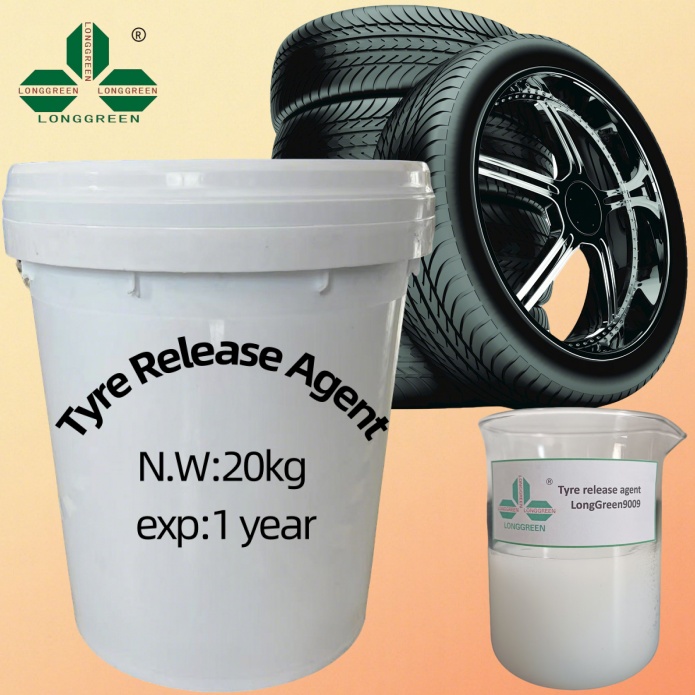
This growth is fueled by key technological advancements in bio-based formulations. Leading chemical manufacturers have launched new lines of the agent derived from renewable resources like plant oils and algae. These products eliminate harmful volatile organic compounds (VOCs) and heavy metals, addressing longstanding concerns about worker safety and environmental pollution. Notably, the latest iterations of eco-friendly release agent also boast improved compatibility with recycled materials, a key requirement for manufacturers aiming to close circular economy loops. “Our latest eco-friendly release agent reduces carbon emissions by 40% compared to petroleum-based alternatives while maintaining performance standards,” notes a materials science expert in the chemical industry.
Automotive and aerospace industries are emerging as top adopters. A major electric vehicle manufacturing facility recently switched to this sustainable solution for its battery casing production, citing compliance with a U.S. state-level Low Carbon Fuel Standard. Similarly, a leading aerospace manufacturer has integrated the eco-conscious agent into its composite wing manufacturing process, cutting hazardous waste by 25% in just six months. “Sustainability isn’t just a goal—it’s an operational necessity,” says a supply chain leader in the aerospace sector. “This green release solution has become a critical part of our sustainability roadmap.”
Despite the positive trajectory, challenges remain. The higher upfront cost of these eco-friendly products—up to 15% more than traditional options—has slowed adoption among small to mid-sized manufacturers. To address this, governments in the EU and U.S. have introduced subsidies for companies transitioning to such sustainable release solutions. The European Green Deal, for example, offers tax credits of up to 20% for businesses that adopt low-emission manufacturing chemicals, including eco-friendly release agent products.
As the industry looks ahead, innovation continues to accelerate. Emerging startups in the green chemical space are developing water-based versions of the agent that offer even faster curing times and easier cleanup. With global sustainability targets looming, the market for this eco-conscious release solution is poised to become a cornerstone of the manufacturing industry’s green transition.
The article is sourced from the internet
